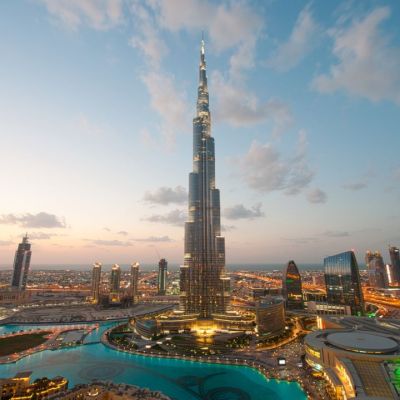- Western luxury brands are increasingly targeting India's booming economy.
- The World Bank ranked India 63rd in 2022 for ease of business, improving its position of 142nd in 2014.
- In February, Vogue magazine declared that India's luxury market had reached a new level of maturity.
The interiors of two century-old heritage buildings in the centre of Mumbai are undergoing a complete renovation to accommodate Galeries Lafayette, a department store with a selection of over 200 high-end and designer labels.
Covering an area of 90,000 sq ft, the upscale department store, a collaboration between the French luxury department store chain and Indian company Aditya Birla Fashion and Retail, is scheduled to open in 2024.
The department store will open in the city's Fort area and will cater to the growing demand for luxury items. It will feature a variety of Indian designer outlets, including designs from Sabyasachi Mukherjee.
Euromonitor International anticipates that India's luxury goods market will expand by 4.8% over the next five years, reaching an estimated valuation of $7.5bn, with the Indian economy forecasted to reach $5tn in the near future.
Mr. R. Sathyajit, CEO of the luxury division at Aditya Birla, indicated that this collaboration demonstrated the company’s conviction in India’s role within the luxury sector.
He stated that the expansion was primarily caused by young, affluent individuals with international experience willing to invest in luxury items and experiences.
The number of millionaires in India is projected to skyrocket, with the Credit Suisse Global Wealth Report 2022 estimating that it will double from 796,000 in 2021 to 1.6m in 2026. The World Bank ranked India 63rd in the 2022 ease of business chart, an improvement from 2014’s ranking of 142nd. This ranking supports the projections made by Credit Suisse.
Mr. Anul Sareen, the project manager at Euromonitor International, remarked that luxury players are optimistic about their endeavours in the country. This large consumer base will likely attract more brands and high-net-worth individuals (HNW) to invest in the Indian market.
As affluent HNW consumers continue to purchase luxury goods, including from overseas, it’s important that they have access to a secure online money transfer service.
The demand for luxury goods has increased beyond fashion, extending to other investment areas. For example, Delhi Land & Finance (DLF) reported that over three days in March, they had sold 1,137 luxury apartments in Gurugram, a satellite city close to Delhi, each priced at over ₹70m ($1.1m).
It’s also likely that exchange rates will fluctuate as more luxury brands enter the Indian market and foreign investors turn their attention to the country.
For HNW individuals looking to purchase luxury products or invest in real estate overseas, compare foreign exchange rates using our online money transfer comparison tool.














